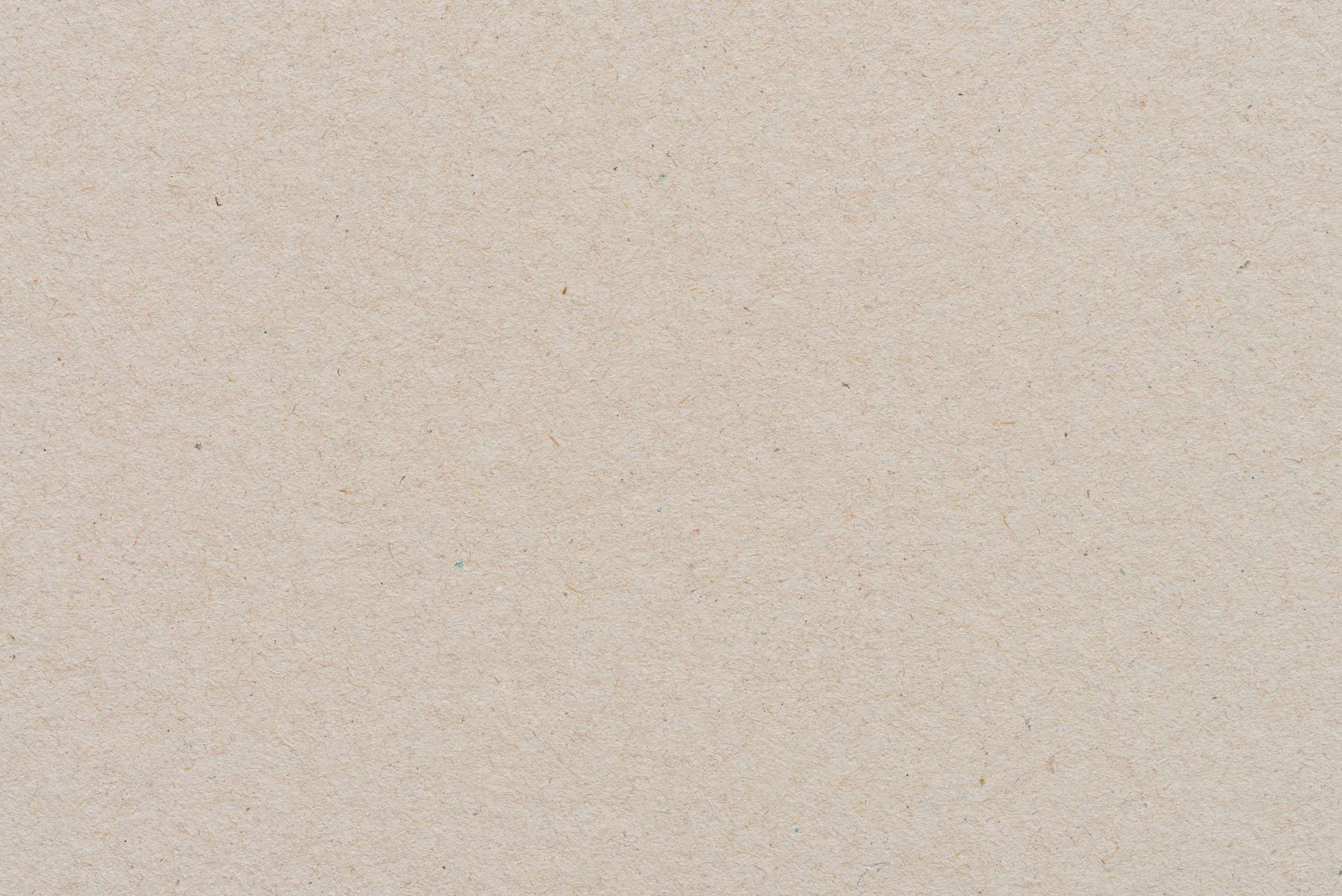
What is Gratitude?
LESSON 1
Children develop an understanding of gratitude through reading a story, and creating gratitude artwork, fostering appreciation for the positive aspects of their lives.
Choose one book about gratitude, here are some ideas:
“The Bear Says Thanks,” by Karma Wilson
“Apple Cake,” by Dawn Casey
“Boxes for Katje,” by Candace Flemming (geared for ages 5+)
Watercolor paper
Watercolor paints
Paintbrush
Needle and thread
Pencil
Scissors
Optional:
Tree Branch
Materials
Preparations
Gather materials
Facilitate an engaging and age-appropriate discussion about gratitude to help children understand its meaning.
Encourage children to express their own thoughts and feelings about gratitude.
Promote creativity by offering various shape and design options for the gratitude craft, allowing children to make choices.
Assist children in writing or drawing items they are thankful for on their crafted pieces.
Facilitate a connection between the story and practical application of gratitude in children's daily lives, emphasizing its importance.
Objectives for Teachers
Children learn what gratitude means through reading and discussion.
Children express their own understanding of gratitude, sharing their comprehension of this concept.
Children participate in a creative activity to create a gratitude tree or garland.
Children demonstrate creativity by choosing shapes and designs for the craft.
Children write or draw things they are grateful for on their craft pieces.
Children understand the connection between the story and practicing gratitude in daily life.
Objectives for Children

Collect and Connect
Come up with actions to the poem and practice saying it together.
The Harvest
The silver rain, the shining sun,
The fields where scarlet poppies run,
And all the ripples of the wheat
Are in the bread that we do eat.
So, when we sit for every meal,
And say a grace: we always feel,
That we are eating rain and sun,
And fields where scarlet poppies run.
A. Henderson

Activity Flow
To start, find a comfortable place to read the story you chose for this lesson. Before starting, explain to your child that the book is about gratitude. Ask if they know what gratitude means. Then read the story to discover what gratitude is.
After reading, ask your child again what they think gratitude means. Let them respond, and then share your own understanding of gratitude, for example: "Gratitude is when you feel thankful and appreciative for the good things in your life. It's about recognizing and saying 'thank you' for the people, experiences, and things that bring you joy and love. Gratitude helps you see the positive side of life and warms your heart."
Once your child has a grasp of what gratitude means, introduce the activity. Today, you'll make a gratitude tree or garland. There are different ways to do this. You can paint the paper and then cut out shapes or cut the paper into shapes and then paint them. We chose to cut ours into fruits and vegetables common this time of year and then paint them. Feel free to create shapes like leaves, hearts, circles, or any other designs that you and your child prefer.
Once your paintings are dry and cut into your chosen shapes, work with your child to write down or draw things you are grateful for on the back. Hang them on a branch or string them into a garland to display for the month. Your craft will serve as a reminder to practice gratitude each time you see it.
Extension activity:
Read or listen to the book “Apple Cake,” by Dawn Casey, and enjoy baking your own delicious apple cake to share and enjoy. As you bake, take a moment to practice gratitude, just like the girl in the story.


